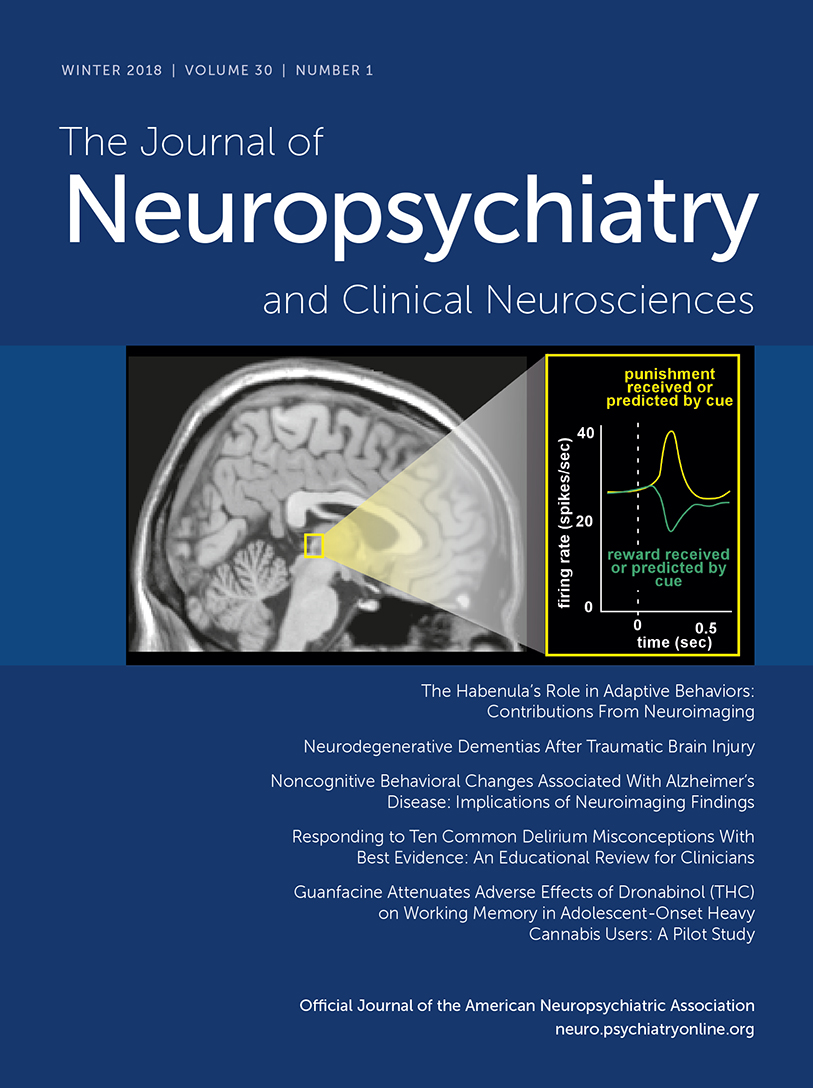Responding to Ten Common Delirium Misconceptions With Best Evidence: An Educational Review for Clinicians
Abstract
Delirium (acute confusion) is a serious, common health condition, and it predicts poor outcomes, including greater rates of mortality, institutionalization, prolonged hospitalization, and cognitive impairment. Expedient diagnosis and management are critical to address modifiable delirium causes and improve both quality of care and outcomes. Moreover, more than a third of delirium is preventable. Despite the clear significance of delirium and our increasingly sophisticated understanding of the condition, the gap between evidence and practice persists. The authors provide an educational review of 10 prevalent misconceptions of delirium pertaining to recognition, etiology, natural history, and best management. The authors respond to each with best evidence. Several themes emerge, chief among which is that casual observation is seldom sufficient to detect delirium. Use of open-ended questions, regular neurocognitive testing, and validated delirium screening instruments will aid in accurately identifying cases of delirium. Delirium is typically multifactorial, with several physiological and/or pharmacological contributors. Because of its multidetermined nature and its relationship with cognitive vulnerability, delirium can persist for days to months after acute causes have resolved. Furthermore, patients often have long-term cognitive impairment after delirium rather than returning to their predelirium cognitive baseline. Finally, nonpharmacological management of delirium is first-line, both for prevention and treatment. Psychotropic drugs such as neuroleptics are not recommended for routine use in delirium. They are best reserved for treating dangerous or distressing symptoms, including severe agitation, psychosis, or emotional lability. Challenging these 10 misconceptions stands to improve patient care, quality of life, and clinical outcomes substantially.
Access content
To read the fulltext, please use one of the options below to sign in or purchase access.- Personal login
- Institutional Login
- Sign in via OpenAthens
- Register for access
-
Please login/register if you wish to pair your device and check access availability.
Not a subscriber?
PsychiatryOnline subscription options offer access to the DSM-5 library, books, journals, CME, and patient resources. This all-in-one virtual library provides psychiatrists and mental health professionals with key resources for diagnosis, treatment, research, and professional development.
Need more help? PsychiatryOnline Customer Service may be reached by emailing [email protected] or by calling 800-368-5777 (in the U.S.) or 703-907-7322 (outside the U.S.).



